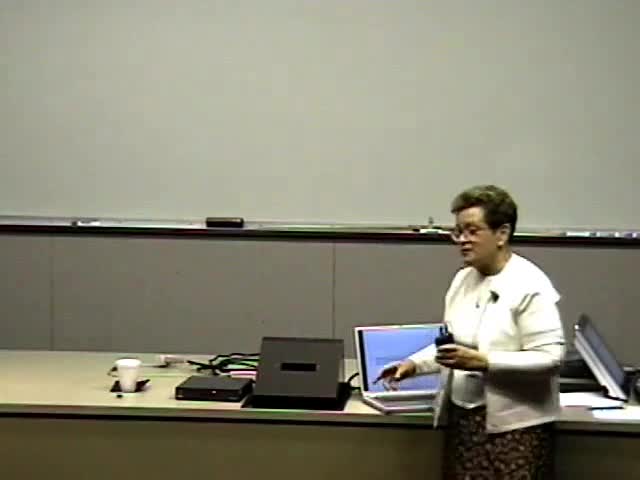Sequence-Dependent Helical Structure and Global Responses of DNA Part I.
Presenter
September 15, 2007
Keywords:
- DNA sequences
MSC:
- 92D20
Abstract
(Towards understanding the processing and packaging of genetic
information at the molecular level)
Part I. Information content in known three-dimensional structures
of nucleic acids: sequence-dependent conformation, deformation,
interactions
A. The classic B-DNA double helix: Watson-Crick base pair
side groups vs. the polyanionic sugar-phosphate backbone
B. DNA phase transitions and RNA double helices
The A/B double helical transition and DNA bending
Structural discriminants of A vs. B DNA
Protein-induced A/B transitions
The B/C double helical transition and DNA packaging
Nucleosome core particle: a striking example of protein-induced
DNA deformation via concerted changes in kinking and base-pair
displacement
Tight bending of DNA via B→A and B→C helical transitions
The A-RNA double helix, including non-canonical base
pairs
C. Chemical basis of DNA sequence-dependent properties:
structure, deformability, recognition
Indirect (electrostatic) mechanism of nucleosomal DNA folding
vs. sequence-dependent character of known positioning sequences
Indirect recognition of sequences: pyrimidine-purine
base-pair steps as sites of DNA deformability
Patterns of base-amino acid contacts: direct recognition of
specific DNA sequences by proteins
DNA electrostatics, amino acid binding propensities,
intrinsic curvature
Recognition and structural roles of non-canonical base pairs
